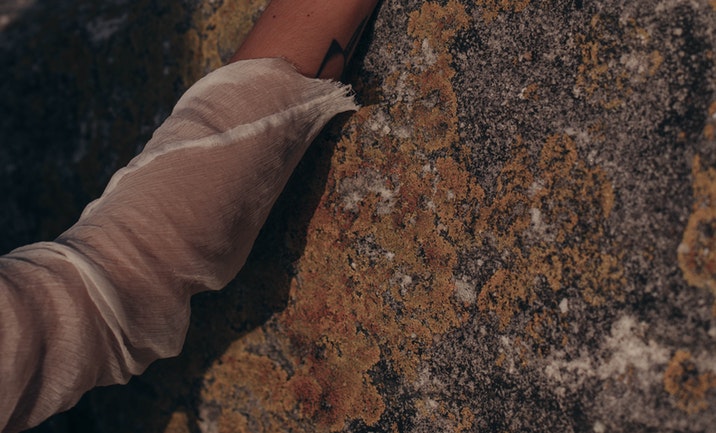Mold infestation has been around since biblical times, and even today, it is a significant problem for homeowners. Excessive exposure to mold and mildew can cause health problems. Not only does mold growth impact human health, but it can devalue a property. In worst cases, it may even make it difficult for the homeowners to sell their property.
All in all, mold infestation is an alarming problem as it can trigger significant health issues in people who breathe in its presence. All mold types that produce Mycotoxins are toxic and extremely poisonous. The presence of mold infestation triggers persistent headaches, breathing problems, and diarrhea.
Inspecting a Residential Property for Mold Infestation – The Major Signs
Purchasing a home is the most significant financial decision that you can make in life. It is for this reason you need to make sure that you do not end up investing in a property that has fallen victim to mold infestation. When inspecting a property for mold infestation, you need to look for some signs that clearly indicate that the property has mold growing inside.
Unpleasing Smells around the House
The funky and weird smell from the chimneys, especially on windy days, is a sign of mold infestation. The moisture that accumulates on the bricks of the chimney due to snow and rain sweeping in creates a perfect environment for mold growth. Therefore, the smell is a sign that mold is growing in the chimneys.
If a homeowner is unable to get rid of the musty smell, despite thoroughly cleaning the house and using air fresheners, it may be a sign of mold growth. Mold infestation is one of the most common reasons behind the musty smell in the homes.
Itching and Irritation in the Eyes
Mold presence causes allergic reactions in people. People who observe symptoms such as watery and itchy eyes are falling victim to allergic reactions due to mold infestation. An individual may track their condition for two weeks, and if the situation does not improve, it is an indication of a mold infestation in the home.
Rashes, Itching, and Tingling on Skin
When the human body comes in contact with mold, it experiences itching and burning sensations in the skin, especially when one is allergic to mycotoxins. Contact with mycotoxins causes the body to release histamines due to which a person gets hives along with a scaly, dry, and itchy skin.
Severity in the Asthmatic Conditions
If someone in a home is a patient of asthma, in the presence of mold, the condition will get worse. When mold spores make their way to the lungs, it triggers the symptoms of asthma. When the condition of the asthmatic patients keeps on deteriorating, it is an indication of lungs exposure to mold spores.
Swollen Walls and Damaged Paint
Many people do not know, but the most common reason for bubbling wall paint is moisture. Where there is moisture, there is mold. Ignoring the problems lets the mold to proliferate. Repainting the wall does not cover the bubble wall in within a few days, the walls regain its bubbly look. It is a confirmation that the house has fallen victim to mold infestation.
A Damaged Floor
A soft spot in the hardwood flooring may be a sign that there is moisture. It is important to inspect the squishy part of the flooring as soon as possible. Not doing so will make the mold grow rapidly. Accessing the subfloor through a crawl space or the basement are two ways of inspecting the flooring.
Inspection is one of the fundamental steps when purchasing a home! Severe mold problem has the potential to damage a property beyond repair and trigger serious health issues in the residents.
The Possibility of Controlling Mold and Preventing Mold Growth
One of the most common fears among homeowners is that once mold starts growing on their property, they can never fully get rid of it. Well, mold growth is a challenging situation to deal with, but you can control mold growth and even prevent it.
Remember that moist locations are where mold grow and thrive. Therefore, when you begin to observe the signs on mold on your property, you need to look for moist areas around the property. It is a smart way to address the mold and mildew problem.
Spotting
Once you are successful in spotting the location of the mold, you need to take the necessary steps to ensure that it does not grow more than it already has. You can control mold growth by controlling the humidity levels around your house. Other possible solutions include fixing all the leaks, thorough post-flood cleaning and drying. In addition to this ventilating the shower, cooking, and laundry areas are some of the ways you can control the growth of mold.
The ideal humidity conditions suggest that it should not exceed 50% throughout the day. You can achieve the levels of humidity by installing an air-conditioner or a dehumidifier. Checking the levels of humidity more than once can help you keep the humidity content in perfect balance.
Conclusion
Mold and mildew can negatively impact your health and even the value of your property. As soon as you begin to observe signs of mold growth, make sure you hire professional help to address it before things get worse. If homeowners do not address the mold problem for long, they will have to vacate the property eventually. Once out of control, there is no going back without professional treatment of the property!

